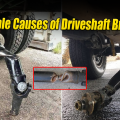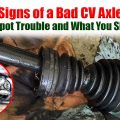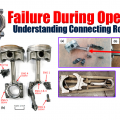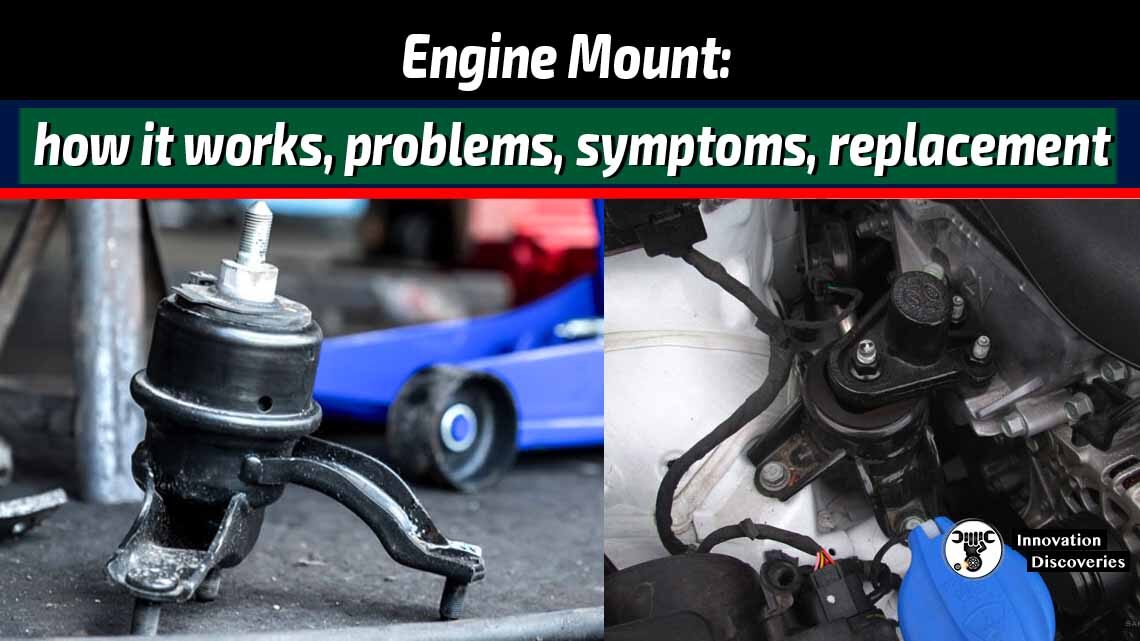
Engine mounts play a crucial role in the smooth operation of a vehicle’s engine. These components provide support, reduce vibration, and absorb engine movement. In this article, we will explore how engine mounts work, common problems that can arise, the symptoms of a faulty mount, and the process of replacing them.
How long can an engine mount last?
The lifespan of an engine mount can vary depending on several factors, including the quality of the mount, driving conditions, and maintenance practices. On average, engine mounts are designed to last between 5 to 7 years or around 60,000 to 100,000 miles (96,000 to 160,000 kilometers). However, it’s important to note that this is just a general estimate, and individual experiences may differ.
Several factors can contribute to the wear and deterioration of engine mounts over time:
- Usage and Driving Conditions: Frequent driving on rough or uneven roads, excessive off-road driving, or driving in areas with extreme temperature variations can accelerate wear on engine mounts.
- Engine Performance and Power: Vehicles with more powerful engines or those subjected to heavy loads may put additional stress on the engine mounts, potentially shortening their lifespan.
- Maintenance Practices: Regular vehicle maintenance, including inspection of engine mounts, can help identify any early signs of wear or damage. Failure to address issues promptly can result in accelerated deterioration.
- Quality of Engine Mounts: The quality of the engine mounts themselves can significantly impact their lifespan. Higher-quality mounts made from durable materials are generally expected to last longer than lower-quality alternatives.
- Environmental Factors: Exposure to harsh chemicals, such as oil or coolant leaks, can deteriorate the rubber or polyurethane inserts in the engine mounts, reducing their lifespan.
It’s important to keep an eye out for signs of wear or failure, such as excessive engine vibrations, knocking noises, or engine movement. If any of these symptoms are present, it is advisable to have the engine mounts inspected by a qualified mechanic, who can determine if replacement is necessary.
Ultimately, while there is an average lifespan for engine mounts, their actual durability can vary based on a combination of factors. Regular maintenance, careful driving, and addressing any issues promptly can help prolong the lifespan of engine mounts and ensure optimal performance and safety.
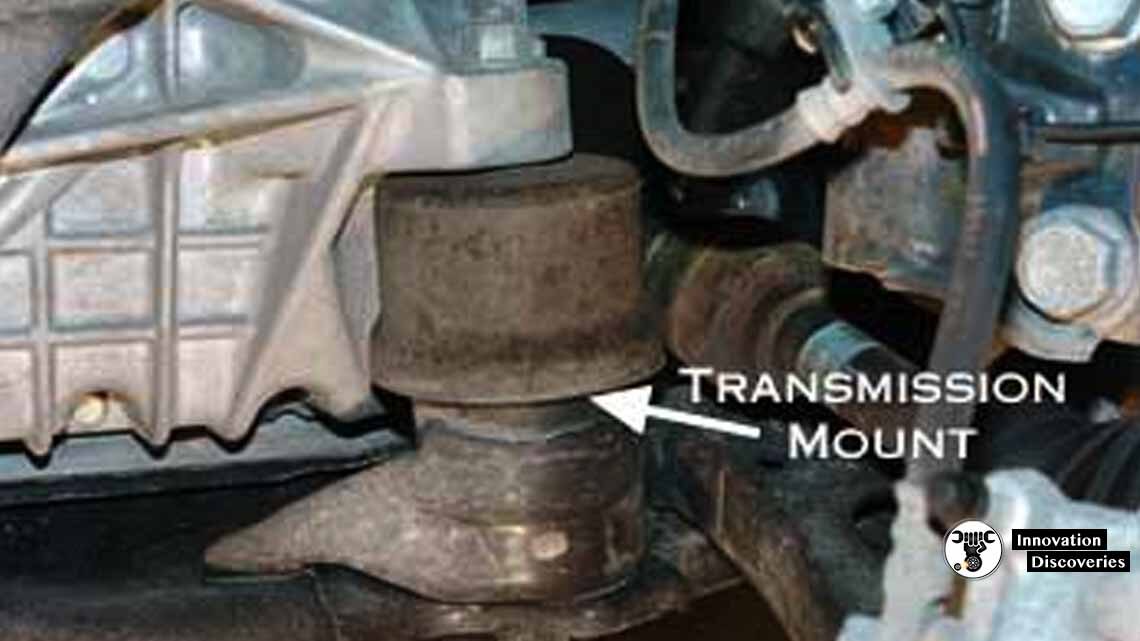
Engine mount problems
Engine mount problems can arise due to various factors and can lead to issues with the vehicle’s performance, stability, and comfort. Here are some common engine mount problems:

- Excessive Vibration: Engine mounts are designed to absorb and dampen vibrations generated by the engine. If the mounts become worn or damaged, they may lose their effectiveness, leading to excessive engine vibrations. This can be felt throughout the vehicle, particularly in the steering wheel, floorboard, or seats.
- Noises and Clunks: Faulty engine mounts can cause clunking or knocking noises, especially during acceleration, deceleration, or when shifting gears. These noises typically result from the engine moving excessively and making contact with other components or the vehicle’s frame.
- Engine Movement: Engine mounts secure the engine to the chassis and limit its movement. When the mounts wear out or break, the engine may experience excessive movement or sagging. This can cause misalignment with other components and potentially lead to damage.
- Poor Handling and Stability: Engine mounts play a crucial role in maintaining the stability of the engine and the vehicle as a whole. If the mounts are damaged, weakened, or misaligned, it can affect the vehicle’s handling and stability, resulting in a less controlled driving experience.
- Transmission Issues: Engine mounts not only support the engine but also help maintain proper alignment with the transmission. When the mounts are faulty, it can lead to misalignment, causing issues with the transmission. This may result in rough shifting, difficulty engaging gears, or unusual transmission behavior.
- Acceleration and Power Loss: If the engine mounts are severely worn or broken, they may allow the engine to move excessively during acceleration. This movement can affect the drivetrain’s alignment and result in power loss or reduced acceleration performance.
- Increased Wear on Other Components: When engine mounts fail, the excessive movement of the engine can put additional stress on other nearby components, such as exhaust systems, hoses, or wiring. This can lead to premature wear and potential damage to these parts.
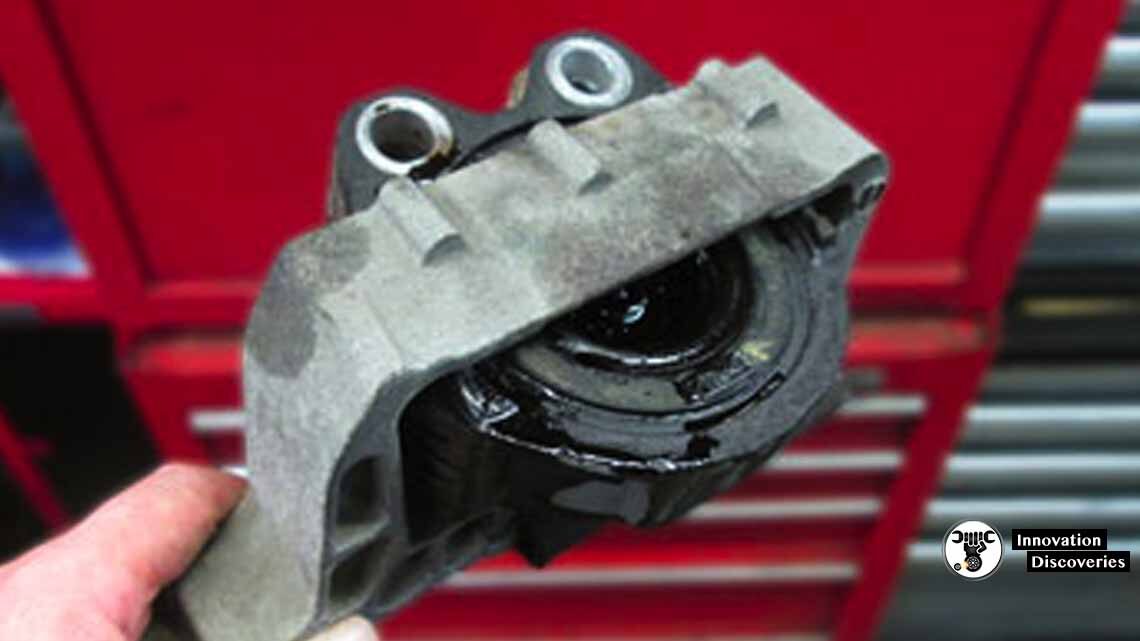
If you experience any of these problems, it is advisable to have your engine mounts inspected by a qualified mechanic. They can assess the condition of the mounts and determine if replacement or repairs are necessary to restore the proper functioning of the engine mounts and ensure the overall performance and safety of your vehicle.
How a failed engine mount is diagnosed
Diagnosing a failed engine mount typically involves a combination of visual inspection, physical examination, and road testing. Here are the steps involved in diagnosing a failed engine mount:
- Visual Inspection: A visual inspection is the initial step to assess the condition of the engine mounts. The hood is opened, and the engine bay is inspected for any signs of visible damage, such as cracks, tears, or broken components.
- Physical Examination: A hands-on examination of the engine mounts is conducted to check for signs of wear or deterioration. This involves inspecting the rubber or polyurethane inserts for cracks, sagging, or any other visible damage. Additionally, the mounts are checked for excessive movement or misalignment.
- Engine Load Test: To further evaluate the condition of the engine mounts, the engine is put under load. This can involve engaging the transmission in Drive or Reverse while applying the brakes firmly and gradually increasing the throttle. Observations are made to assess the amount of engine movement, excessive vibrations, or abnormal noises.
- Road Test: A road test is conducted to evaluate the behavior of the engine mounts during actual driving conditions. The vehicle is driven over different surfaces, including rough roads and speed bumps, to determine if there are any noticeable vibrations, noises, or handling issues that could indicate a failed mount.
- Engine Movement Inspection: With the vehicle safely secured on a lift or jack stands, the mechanic can physically observe the engine mounts while the engine is started and idling. They will check for excessive engine movement or sagging, which could indicate a failed mount.
- Additional Tests: In some cases, additional diagnostic tests may be performed to confirm the condition of the engine mounts. This can include using specialized tools to measure engine movement or using a stethoscope to listen for abnormal noises or vibrations directly from the mounts.
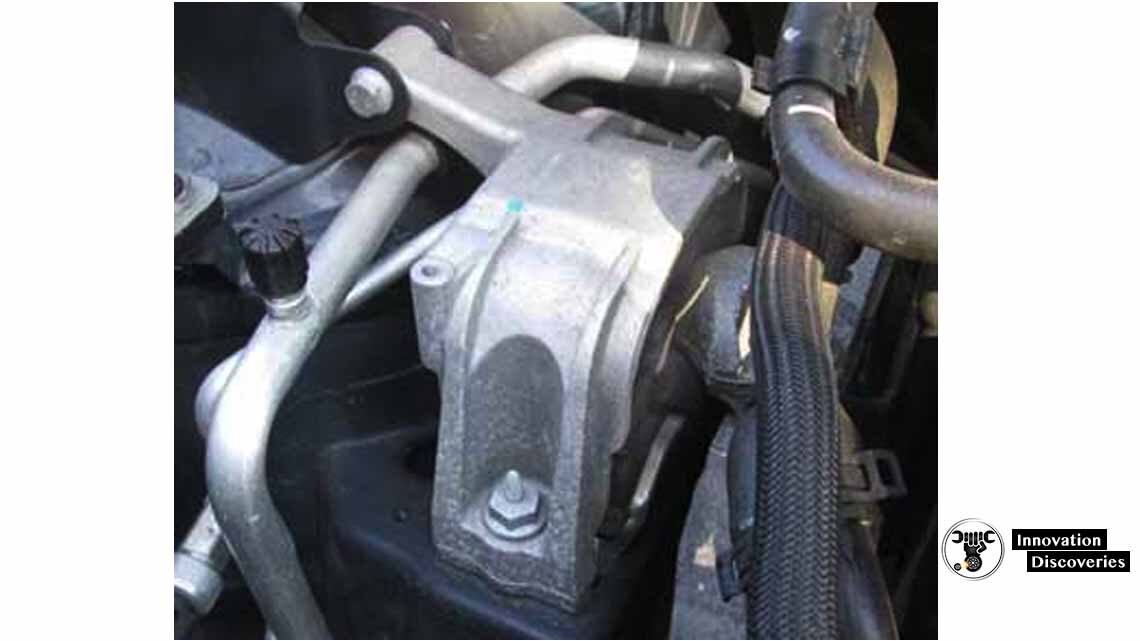
It’s important to note that diagnosing engine mount failure may require the expertise of a qualified mechanic or technician who is familiar with your specific vehicle make and model. They will have the necessary knowledge and tools to accurately assess the condition of the engine mounts and determine if they need to be replaced or repaired.
Engine mount replacement
Engine mount replacement typically involves the following steps:
- Preparation: Park the vehicle on a flat and level surface. Ensure the engine is cool before beginning any work. It may also be necessary to disconnect the negative battery cable as a safety precaution.
- Locate the Mounts: Identify the engine mounts that require replacement. The number and location of engine mounts can vary depending on the vehicle make and model. Consult the vehicle’s service manual or seek professional advice if needed.
- Support the Engine: Use an engine support fixture or jack with a block of wood to support the weight of the engine. This prevents it from sagging or shifting during mount replacement.
- Remove Old Mounts: Depending on the design, engine mounts may be secured by bolts or studs. Use appropriate tools, such as a socket wrench or combination wrench, to remove the fasteners and detach the old mounts. Pay attention to any electrical or fluid lines connected to the mounts and disconnect them carefully, if necessary.
- Install New Mounts: Position the new engine mounts in place, aligning them with the mounting points on the engine and vehicle chassis. Insert and tighten the fasteners securely according to the manufacturer’s specifications. Reconnect any electrical or fluid lines that were disconnected.
- Remove Engine Support: Once the new mounts are securely installed, carefully remove the engine support fixture or jack, ensuring the engine is properly supported by the newly installed mounts.
- Final Checks: Double-check that all connections are secure and all fasteners are tightened to the specified torque values. Inspect the surrounding area for any loose or damaged components and address them if necessary.
- Reconnect Battery: If the negative battery cable was disconnected, reconnect it and ensure a proper connection.
- Test and Inspect: Start the engine and allow it to idle. Observe for any abnormal vibrations, noises, or movements. Take a short test drive to ensure the engine runs smoothly and the vehicle handles properly.
It’s important to note that engine mount replacement can vary depending on the specific vehicle model and the complexity of the mount design. If you are unsure or uncomfortable performing the replacement yourself, it is recommended to seek professional assistance from a qualified mechanic or automotive technician. They have the expertise and equipment to complete the replacement safely and effectively.
Read More:


